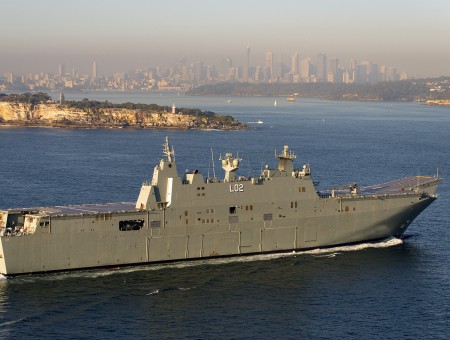
This article was originally published by RSIS on 8 March 2016.
Synopsis
Australia’s 2016 Defence White Paper may indicate a future strategic policy of reactionary assertiveness with significant consequences for Southeast Asia’s security, especially in the South China Sea.
Commentary
DESCRIBED AS ‘clear eyed and unsentimental’ by Prime Minister Malcolm Turnbull, Australia’s 2016 Defence White Paper (DWP) reaffirms Australia’s strategic attention towards maritime Southeast Asia. While the 2009 and 2013 DWPs also had this focus, the 2016 DWP bluntly expresses Australia’s concerns over this area.
In the 190-page long document, Canberra pledges to increase capital investment in defence capabilities from the current AUD 9.4 billion to AUD 23 billion in 2025-26, mostly in the maritime domain. The concern is less what Australia will do with this investment than the consequences it will potentially bring to Southeast Asia, and its ASEAN grouping, in light of Australia’s reactionary assertiveness against China’s maritime ambitions in the South China Sea.
